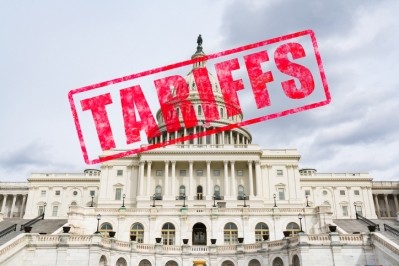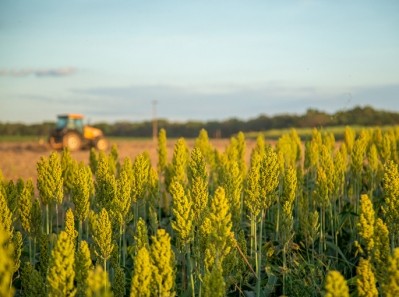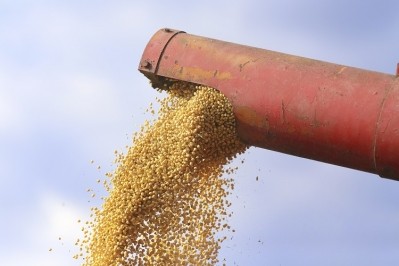Trade talks, tariff increases could bring long-term change for feed grain producers

Proposed plans from the Trump administration to potentially impose tariffs of 25% on steel imports and 10% on aluminum imports have generated concerns from several organizations and members of the feed and agricultural industries.
Among the groups that have registered concerns are the American Soybean Association (ASA) and Farmers for Free Trade. All countries are potentially included in the tariff increase, including China, Mexico, Canada and the EU.
One factor to consider when evaluating the potential change in tariffs is the long-term shifts it could start, said David Widmar, agricultural economist and researcher with the Center for Commercial Agriculture at Purdue University. Imposing the tariffs could create economic headwinds and increase the value of the dollar, making feed grains, like soybeans, more expensive for importing countries.
“That’s being lost right now in the conversation,” he told FeedNavigator. Additionally, a potential reduction in exports could put pressure on several elements within the agricultural economy.
“If we have a 10% drop in soybean [exports] that decrease is roughly equivalent to 40% of ending stocks today for soybeans – we export about 50% of our soybean production,” he said. “When you run the math, a 10% drop in soybeans is a drop – and ending stocks run low for soybeans, so that would be a lot of pressure.”
Export trade with China has garnered much of the attention from the potential tariff change, but the influence it could have on other countries also has to be considered, he said.
“If you going to look for three customers, the US figured it out – you pick your neighbors and the world’s biggest buyer,” said Widmar. “To focus singularly on the China risk is missing a lot of the risk that we have with Canada and Mexico.”
Tariff concerns and long-term consideration
Margins, cash basis and storage costs could see increased pressure in the short term if the potential tariffs caused a drop in exports, said Widmar.
“Every one of those soybeans we don’t export stays here,” he said.
China is the largest importer of US soybeans, said Widmar in a market analysis report. In 2017, the country accounted for about 58% of US soybean exports and soybeans were about 63% of China’s purchase of US ag products.
Increasing steel and aluminum tariffs could lead to retaliation from China, which could negatively affect the current trade relationship for soybeans, said the ASA.
“China has indicated that it may retaliate against US soybean imports, which would be devastating to US soy growers,” said John Heisdorffer, ASA president and Iowa soy grower, in a release on the proposed tariff increase. “Our competitors in Brazil and Argentina are all too happy to pick up supplying the Chinese market.”
However, it has been suggested that if the US loses some market share to China, exports to other countries would increase, said Widmar. “There is some truth in that, but you don’t want to be the last item bought – usually that’s a not good price situation,” he added.
“You don’t want to be in the situation where we’re struggling to be relevant in an export market,” he said. “Consistent, steady growth in exports is preferred.”
Although in the short-term, Widmar said, there could be a turn to other countries to sell soybeans, long-term that practice could lead to price changes including discounts on US exports for soybeans or other feed crops.
“The big picture here is we’re not just messing with trade today,” he said. “We’re also messing with the future of the ag economy – we’re also impacting the trajectory of ag exports going 10-15 years from now.”
The goal for the economy is to continue growing the export market, said Widmar. Losing China as a buyer could have market implications for multiple years.
“Livestock producers might say, ‘This is great, I have fewer people competing for grain, corn prices might drop and that’s better.’ [But] when we start thinking about wrinkling up these trade agreements do they get caught?” he said is the question to consider for feed users.
“We feed a cow and ship it to China that’s an indirect export of grain,” he said. “They’re all heavily related – we should keep our eye on the big picture – the US ag economy could be a loser.”












